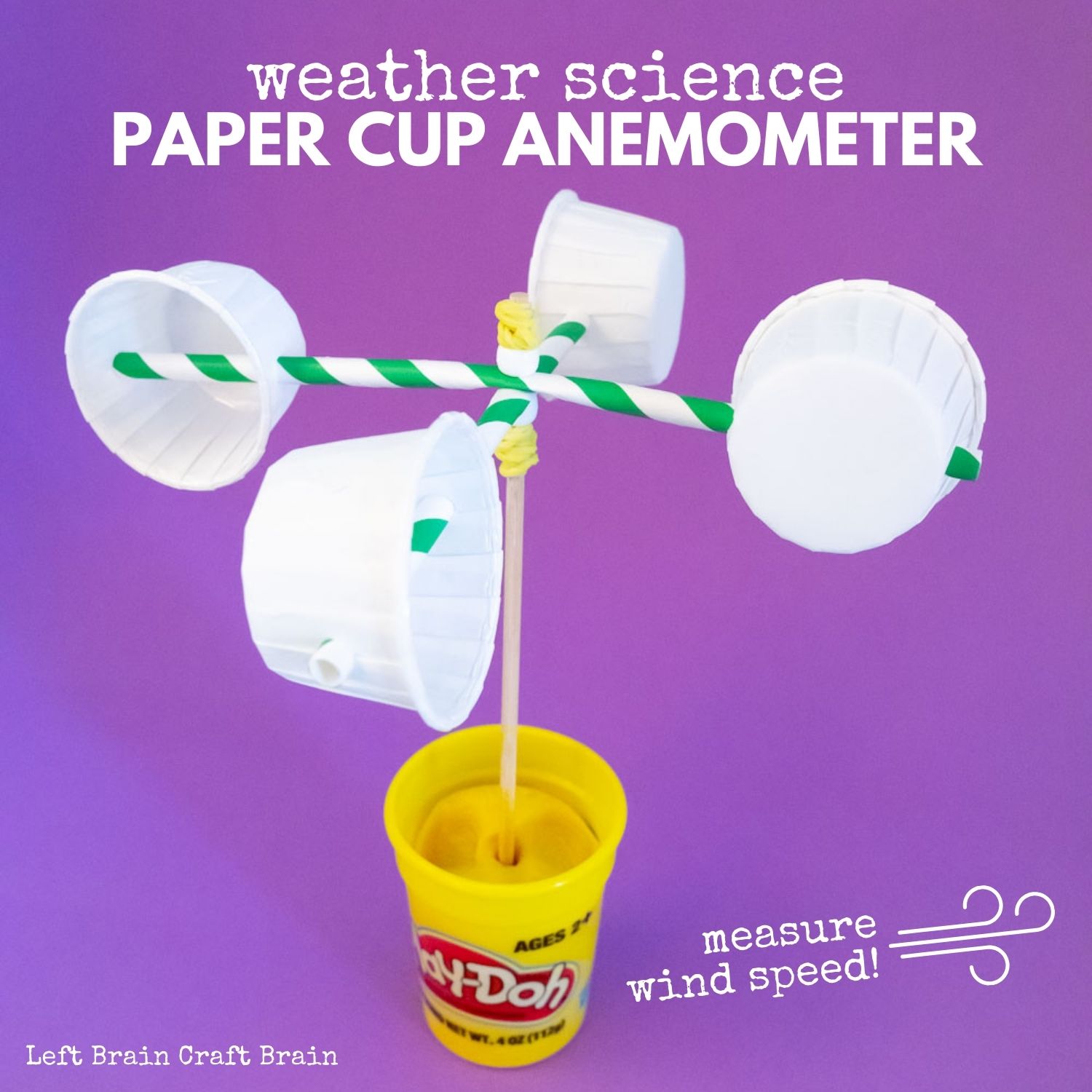Anemometers Revealed: Recognizing Their Significance in Environmental Tracking and Precaution
The duty of anemometers in ecological monitoring and security steps is commonly ignored, yet their importance is indisputable. These instruments have a long history rooted in clinical query and technological developments, evolving to end up being essential tools in different fields. From weather forecasting to air travel safety, anemometers play a crucial duty in giving precise information that educates decision-making procedures and improves overall security. Recognizing the details of anemometers introduces a world of vital understandings that are fundamental to our understanding of the atmosphere and the procedures we take to make certain safety.
History of Anemometers
The evolution of anemometers can be traced back to the ancient civilizations where fundamental wind determining tools were initial made use of. These very early wind dimension tools laid the foundation for the growth of more advanced anemometers gradually. One of the earliest recognized anemometers was the hemispherical cup anemometer created by Leon Battista Alberti in the 15th century. This layout was composed of 4 hemispherical cups that gathered wind energy, offering a dimension of its intensity based on the rate of rotation.
Over the years, innovations in technology led to the growth of even more modern anemometers, consisting of ultrasonic anemometers and laser Doppler anemometers, providing enhanced precision and effectiveness in gauging wind speed and direction. The background of anemometers showcases an impressive journey of technology and progress in the field of meteorology.
Sorts Of Anemometers
Throughout the area of weather forecasting, different types of anemometers have been created to accurately measure wind speed and direction. Sonic anemometers make use of ultrasonic signals to determine wind rate and direction accurately. Hot-wire anemometers operate based on the principle that the cooling result of wind on a warmed cable is proportional to the wind speed.
Applications in Meteorology
Having actually discussed the various types of anemometers used in meteorology for gauging wind rate and instructions, it is vital to explore their sensible applications in the area. Anemometers play a critical role in meteorology by providing real-time and accurate information on wind conditions (anemometer). Meteorologists utilize anemometers to monitor wind rate and direction to forecast weather patterns, problem warnings for serious climate occasions like tornadoes, tornados, and storms, and examine climatic problems for aeronautics safety and security
In weather forecasting, anemometers help in comprehending local and neighborhood wind patterns, which are vital for predicting climate changes and determining climatic trends. These tools are also used in research to research microclimates, urban warm islands, and air pollution diffusion. In addition, anemometers are employed in redirected here farming to enhance plant management methods, such as watering and pesticide application, based upon wind conditions.
Relevance in Aeronautics Safety
An integral element of making certain aeronautics safety and security lies in the thorough surveillance Find Out More of wind conditions utilizing anemometers. Anemometers play a vital duty in air travel by offering real-time information on wind speed and instructions, aiding pilots in making educated decisions during flight, take-off, and touchdown. Strong and unforeseeable winds can substantially impact airplane procedures, making it important for aviation authorities to rely upon precise wind measurements to make sure the safety of passengers and staff.

In the vibrant setting of air travel, where also small modifications in wind rate and instructions can have profound results, anemometers stand as important devices for advertising secure and safe air traveling.
Role in Environmental Research
Anemometers play an important role in environmental study by providing necessary information on wind rate and direction. By properly measuring wind features, anemometers aid scientists evaluate the motion of pollutants in the air, assess the influence of industrial discharges, and predict the spread of impurities in the setting.


Conclusion
In conclusion, anemometers have played a vital function in environmental surveillance and security measures. With a rich background and different types readily available, these tools have been commonly utilized in weather forecasting, aeronautics safety and security, and ecological research study. Recognizing the relevance of anemometers is important for accurately determining wind speed and direction, which is crucial for forecasting weather condition patterns, making sure secure air travel procedures, and conducting ecological research studies - anemometer. Their payments to these fields can not be taken too lightly.
One of the earliest known anemometers was the hemispherical mug anemometer invented by Leon Battista Alberti in the 15th century. Over the years, innovations in modern technology led to the growth of more contemporary anemometers, consisting of ultrasonic anemometers and laser Doppler anemometers, providing raised precision and effectiveness in measuring wind rate and direction. Hot-wire anemometers run based on the concept that the cooling effect of wind on a warmed cord is proportional to the wind rate. Meteorologists use anemometers to check wind speed and direction to forecast climate patterns, issue warnings for extreme weather condition events like tornados, hurricanes, and hurricanes, and examine climatic problems for aviation security.
Understanding the importance of anemometers is essential for accurately determining wind speed and instructions, which is essential for predicting weather patterns, making sure risk-free aeronautics procedures, and conducting environmental studies. (anemometer)
Comments on “Specialist Tips for Adjusting Your Anemometer for Optimum Efficiency”